Nepal Airlines decides to ground Chinese aircraft for good to cut losses
On March 28, a Y12e aircraft of Nepal Airlines landed about 60 metres short of the runway at Nepalgunj airport and skidded before halting on the nearby grassland
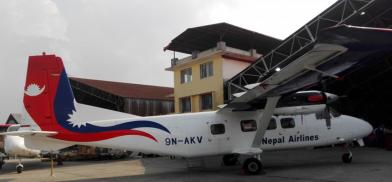
On March 28, a Y12e aircraft of Nepal Airlines landed about 60 metres short of the runway at Nepalgunj airport and skidded before halting on the nearby grassland. The Chinese-made plane bearing registration number 9N-AKU carried five people, three crew members and two medical personnel, all of whom were evacuated safely.
Weeks after the incident, the flight captain KB Limbu was suspended for “faulty judgement” during the approach and landing phases. He erroneously landed the aircraft despite having lost power in one engine, resulting in an undershoot, according to a preliminary report by the civil aviation regulator.
Investigators, however, have cast doubt over the performance of the 17-seater Chinese plane, one senior expert familiar with the matter told the Post.
“It’s too early to judge the performance of the plane without a comprehensive assessment, but we cannot ignore the facts related to its performance. Even at Nepalgunj airport, where the runway is of sufficient length, the 9N-AKU was unable to make a smooth landing with one engine,” said the expert who spoke to the Post only on condition of anonymity. “The situation at short take-off and landing airfields, particularly in the remote mountains, could have been different.”
Three months after the incident, the Nepal Airlines Corporation board of directors unanimously decided not to fly two types of Chinese aircraft—the 17-seater Y12e and the 56-seater MA60—from July 16 anymore.
Of the two MA60s in the national flag carrier's fleet, one has been grounded for nearly three years.
The board decision comes six years after the first batch of six aircraft joined the fleet, the first acquisition by Nepal Airlines in 28 years.
“The board decision is purely aimed at preventing ballooning losses in the future, which has till now reached Rs2 billion—mostly in insurance and operating costs,” said Achyut Pahari, a board member at Nepal Airlines. “The decision was made two weeks ago. The corporation cannot afford to fly them anymore.”
Pahari said that the plane was not fit for the Nepali skies and that it was brought forcefully through a government-to-government deal.
In November 2011, a technical team of Nepal Airlines visited China to inspect the aircraft after the Finance Ministry asked the Chinese Embassy in Kathmandu if the northern neighbour would be interested in providing planes to Nepal in grants.
The Chinese government said that Nepal would have to buy a number of aircraft if it wanted “some for free”. At that time, two teams—one each from Nepal and Bangladesh—had gone to China to examine the planes.
“The Bangladeshi team reported back to their government that the plane was not suitable for their country, but the Nepali experts said that it was fine for Nepal. The government then began the process to buy Chinese planes based on the experts' advice,” said a retired Nepal Airlines official who also spoke on condition of anonymity.
Pahari says it was the worst decision on the part of the national flag carrier.
“It was prompted by greed for commissions. They submitted a fabricated report. The Y12e was compared with the Twin Otter, and the MA60 was compared with the ATR-72,” said Pahari. “Nepal Airlines is paying the price now. Flying these planes means throwing good money after bad.”
In November 2012, Nepal Airlines signed a commercial agreement with Aviation Industry Corporation of China (AVIC), a Chinese government undertaking, to procure six aircraft—two 56-seater MA60s and four 17-seater Y12es.
As part of the deal, China provided one MA60 and one Y12e worth Rs2.94 billion as gift in 2014. The other aircraft were bought for Rs3.72 billion with a soft loan provided by China’s EXIM Bank.
Nepal Airlines even changed its classic red and blue stripes livery, opting for a more modern design after acquiring the planes. This new livery was painted on the new Chinese MA60 and Y12e aircraft acquired by the corporation, marking the beginning of what was supposed to be a new era for Nepal Airlines.
In 2014, one 17-seater Y12e aircraft and one 58-seater MA60 arrived in Kathmandu, and in a foreshadowing of what the new era would look like, they never took to the air.
Everyone wondered why.
Nepal Airlines Corporation did not have any pilots trained to fly the Chinese aircraft. Six years later, there is still nobody to fly them.
“When you buy planes, you should have a proper plan. In Nepal Airlines' case, it seems to be the standard practice to get the planes first and find the pilots to fly them later,” said Sanjiv Gautam, former director general of the Civil Aviation Authority of Nepal.
He, however, found fault in the Nepal Airlines Corporation management rather than the planes.
“It’s not a problem with the aircraft, it's a managerial problem,” Gautam told the Post. “In the last six years, it has not produced any captains, and those who were promoted to captain have been transferred to fly Airbus jets in the same company.”
The Nepal government has to pay an annual interest rate of 1.5 percent and a service charge and management expenses amounting to 0.4 percent of the overall loan amount taken by the Ministry of Finance as per the deal. The ministry, in turn, would charge Nepal Airlines an annual interest rate of 8 percent on the disbursed loan amount.
As per the November 2012 agreement, China had given a seven-year grace period under which Nepal Airlines would not have to repay the loan interest and instalment. The payback period of the loan is 20 years.
Some experts hailed the board’s recent decision while others said it has exhibited poor managerial decisions to hide shortcomings once again.
“The management knew that there was no experienced manpower to fly the Chinese aircraft, not only in Nepal but also in other countries where these planes are flying. But it did not take the issue seriously. And now, it is looking for an excuse,” said Gautam. “The management should be clear about hiring. It should have set a mandatory provision that pilots should fly the Y12e for at least five or 10 years before being promoted to fly Airbus jets.”
The corporation now should not shy away from its responsibility to pay the instalment and interest, according to him.
“It’s purely unprofessional,” said Gautam. “If these planes are given to the private sector, they will fly them efficiently.”
According to Gautam, the Y12e's performance is not up to par when it comes to flying to airports in high-altitude regions such as Manang and Dolpa, but it can fly reasonably well to airports in the hilly region.
Nepal Airlines Executive Chairman Sushil Ghimire did not respond to the Post's repeated calls.
An official at the Tourism Ministry, who wished to remain anonymous, said that they were yet to receive the board’s decision to ground the aircraft permanently.
“We will minutely discuss the issue and decide what can be done further,” said the official.
The first of two Chinese MA60 landed at Tribhuvan International Airport, Kathmandu on April 27, 2014 while the first batch of four Y12e arrived in Kathmandu in November 2014. But they remained grounded for months.
“Even when there were five captains to operate the two Y12es, the planes did not fly,” said a Nepal Airlines captain, who requested anonymity because he was not allowed to speak to the media. “It’s because all the captains wanted to become Airbus pilots.”
The Y12e was intended to serve remote mountain airfields like Lukla, Jomsom, Manang, Simikot, Rara, Jumla and Dolpa. The Y12e has been operating on the Pokhara, Simara and Dang sectors.
In September 2018, Nepal Airlines successfully conducted a test flight of the Y12e aircraft to Lukla Airport, five years after it was inducted into its fleet. Test flights have been done at remote Jomsom, Manang and Simikot airports, but their performance charts have not been released yet.
The 56th annual audit report of the Office of the Auditor General released in April last year shows that the Chinese-made planes have been incurring heavy losses to the national flag carrier every year since they were purchased, and had it urged the corporation to make a proper plan.
On different occasions, the management has been trying to convince the government to lease out the Y12es to the Nepal Army, which is also running short of fixed-wing planes for emergency and rescue purposes, to get rid of the burden.
The overstretched national flag carrier, whose domestic fleet consists of two antique Twin Otter planes to serve remote airports, had planned to fly to remote and tourist destinations with the four new Y12e aircraft.
“But it was overrated,” a senior official at the Civil Aviation Authority of Nepal, the aviation regulator, told the Post on condition of anonymity because he feared being embroiled in a controversy.
“Many experts had said that the Y12e would be a fitting alternative to the Canadian-built Twin Otter—the corporation’s workhorse serving remote routes since the 1970s. But that proved wrong,” said the official. “It was nothing more than a white elephant.”
Tri Ratna Manandhar, former director of the Civil Aviation Authority of Nepal, however, said that given the high operating cost of the Chinese planes, Nepal Airlines has only two options—either sell them or bring them into operation.
“It seems it cannot fly them well. So, it’s wise to auction them because they will keep on increasing its losses,” he said. “We don’t know why pilots are not eager to fly these planes even though multiple pilot vacancies have been published.”
https://kathmandupost.com/national/2020/07/13/nepal-airlines-decides-to-ground-chinese-aircraft-for-good-to-cut-losses


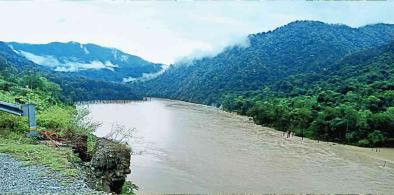
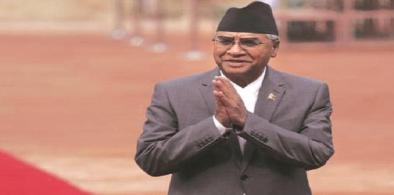
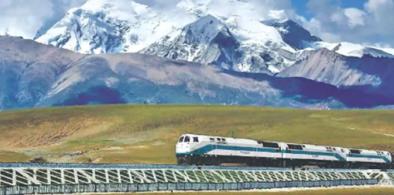


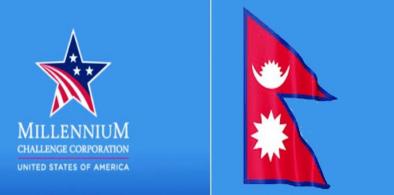

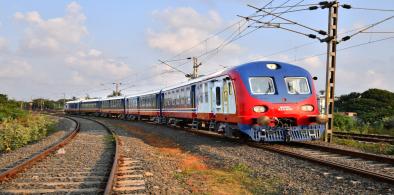











Post a Comment